The sequel to the hugely successful Wicked brings the story of Elphaba Thropp (Cynthia Erivo), also known as the Wicked Witch of the West, to its conclusion.
An alternative perspective on The Wizard of Oz (1939), Wicked began life in 1995 as a novel and in 2003 became a successful musical, before being adapted into a two-part film. This second film completes Elphaba’s story and firmly establishes her as one of modern cinema’s most compelling ecological heroines.
In the closing moments of the first film, Elphaba’s transformation to “wicked witch” is complete. She has refused to allow the Wizard (Jeff Goldblum) and his sidekick Madame Morrible (Michelle Yeoh) to control her magic, and so she is immediately cast out of Emerald City society and labelled as an enemy of the people. Elphaba’s magical powers are out of the regime’s control, and she instantly becomes a figure of fear and derision.
But to the audience Elphaba is a heroic, transgressive figure who resists pressure to conform. Her independence and individuality are celebrated through soaring musical numbers. Defying Gravity is about standing up for those who cannot and fighting back against injustice when no one else will. Elphaba is a heroine on the right side of history, while the cruel autocratic Wizard and Madame Morrible are cast as the film’s villains.
In Wicked: For Good Elphaba’s link with nature remains central throughout the story, expressed through her green colouring and her affinity with animals. She is portrayed as wild and uncontrollable in comparison to the rigid order of the Emerald City. The visual contrasts between Elphaba’s world and the Wizard’s regime are striking.
The Emerald City is garish, with unnatural colours, neatly manicured landscapes and steampunk-style technology, compared to the natural rugged cliffs scattered with wildflowers and open ocean surrounding Elphaba as she flies high above them on her broom.
Opposing the Wizard’s anti-animal policies places Elphaba in direct conflict with a regime that silences its most vulnerable. From this stance, she emerges as an ecofeminist figure of resistance.
Universal Pictures
A term first coined in 1974 by Francoise D’Eaubonne in her book Feminism or Death, ecofeminism argues that the oppression of women and the exploitation of nature spring from the same systems of power and domination.
Marginalised and feared for the raw power of her magic, Elphaba embodies the ecofeminist cause against the dual oppression of women and the natural world. In defending the animals of Oz and resisting forces seeking to control her, Elphaba is an icon of ecofeminist resistance.
Care as a form of resistance
This reading is further supported by the work of American philosopher and historian Carolyn Merchant, who argues that modern political power structures rely on viewing nature as mechanistic and controllable. The Wizard’s desire to silence and control the animals illustrates this worldview, turning living beings into manageable pieces of his ordered Oz.
Elphaba, by contrast, embraces a holistic, relational understanding of nature which is rooted in respect rather than control. By placing Elphaba in opposition to the Wizard, Wicked: For Good casts her as an ecological and political disruptor, reclaiming agency for herself and for the natural world she strives to protect.
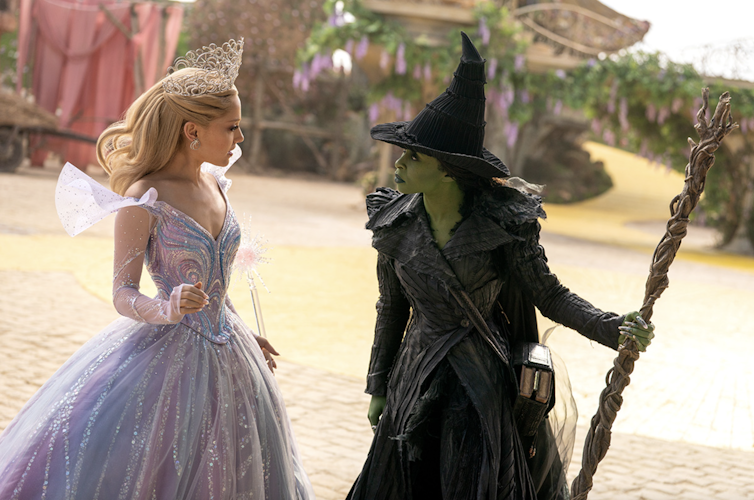
Universal Pictures.
The film presents relationships between women as catalysts for resistance and change. Ecofeminism places great importance on relationships and care, and Elphaba’s bond with “good witch” Glinda (Ariana Grande) aligns strongly with this emphasis. Although their relationship is briefly complicated by a love triangle, the film never positions them as rivals.
Instead, it foregrounds their evolving connection as a source of strength and moral clarity. Their friendship is defined by mutual care, which contrasts starkly with the Wizard’s desire for domination.
By the end of Wicked: For Good, Elphaba becomes more than the misunderstood witch of Oz. She is an ecological heroine who reminds the audience that care can be a powerful form of resistance. She invites us to look again at how a figure can come to be feared, and how easily power can shape the stories we inherit.
Her strength grows from compassion and from the courage to live truthfully. Far from wicked, Elphaba is a heroine and a role model for the ages, with a deep and intuitive understanding of the transformative power of care and friendship.

Looking for something good? Cut through the noise with a carefully curated selection of the latest releases, live events and exhibitions, straight to your inbox every fortnight, on Fridays. Sign up here.
This article features references to books that have been included for editorial reasons, and may contain links to bookshop.org – f you click on one of the links and go on to buy something, The Conversation UK may earn a commission.
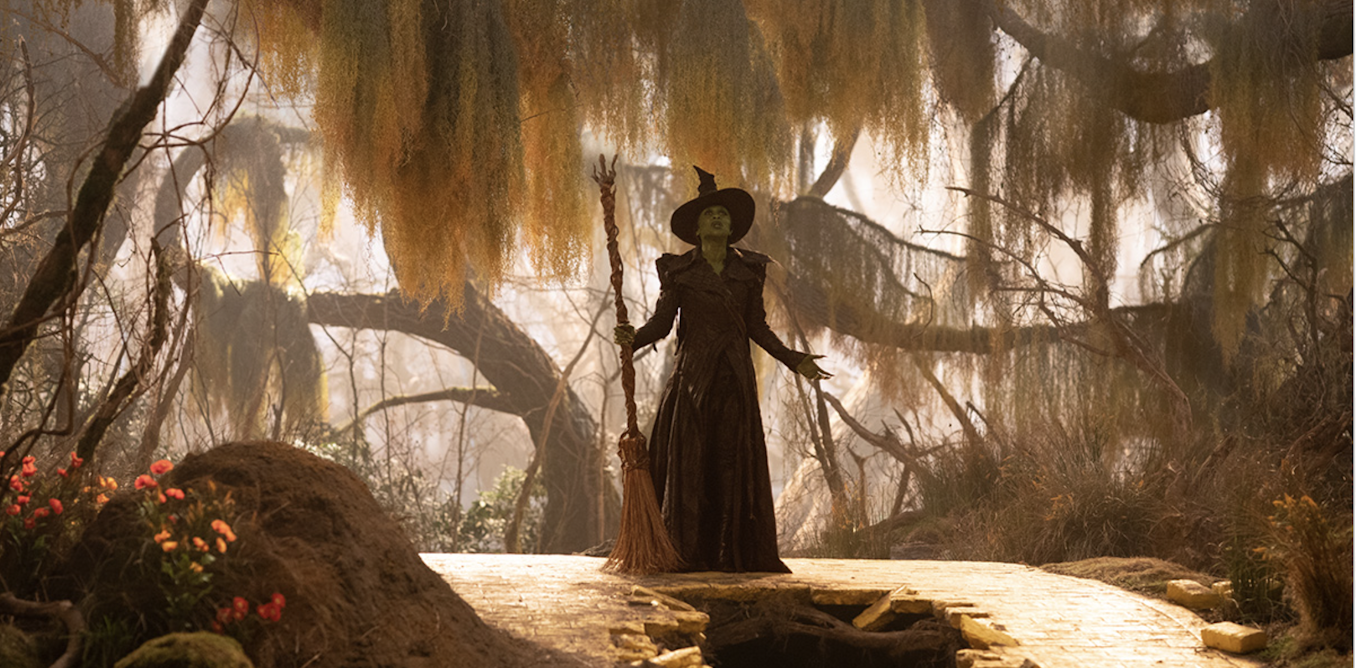
The post “Wicked For Good casts its heroine as an icon of resistance” by Laura O’Flanagan, PhD Candidate, School of English, Dublin City University was published on 11/26/2025 by theconversation.com










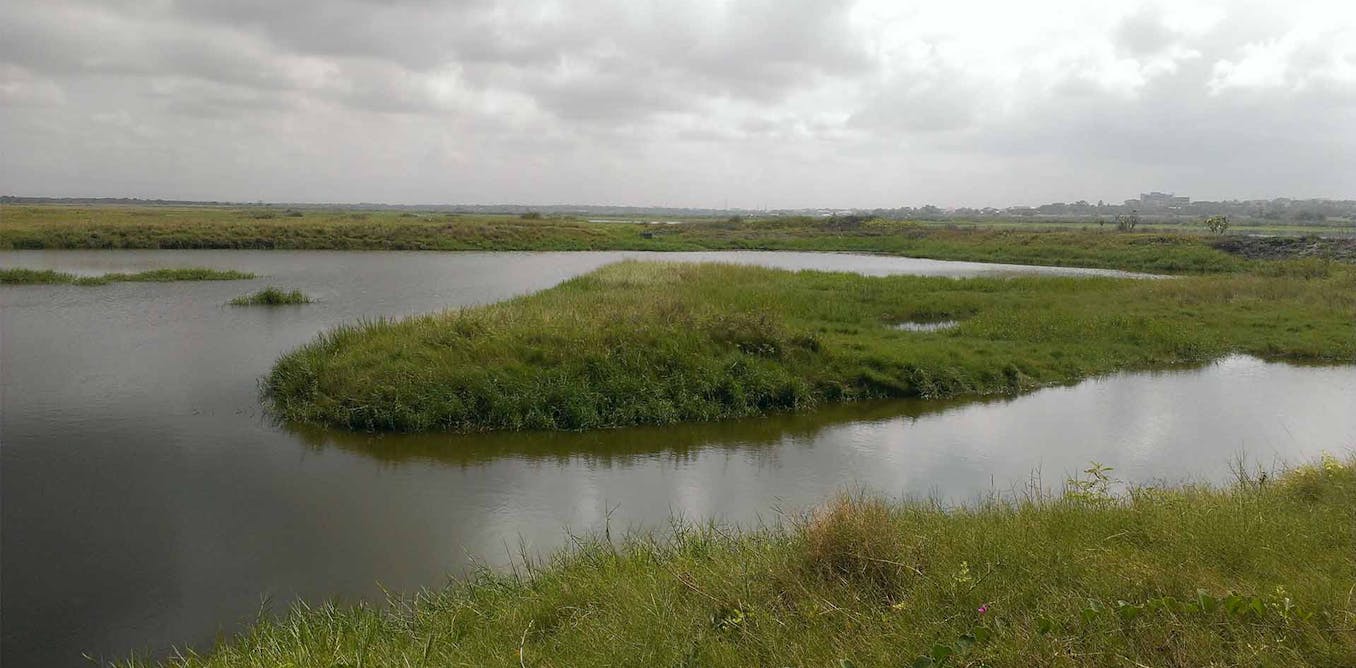


















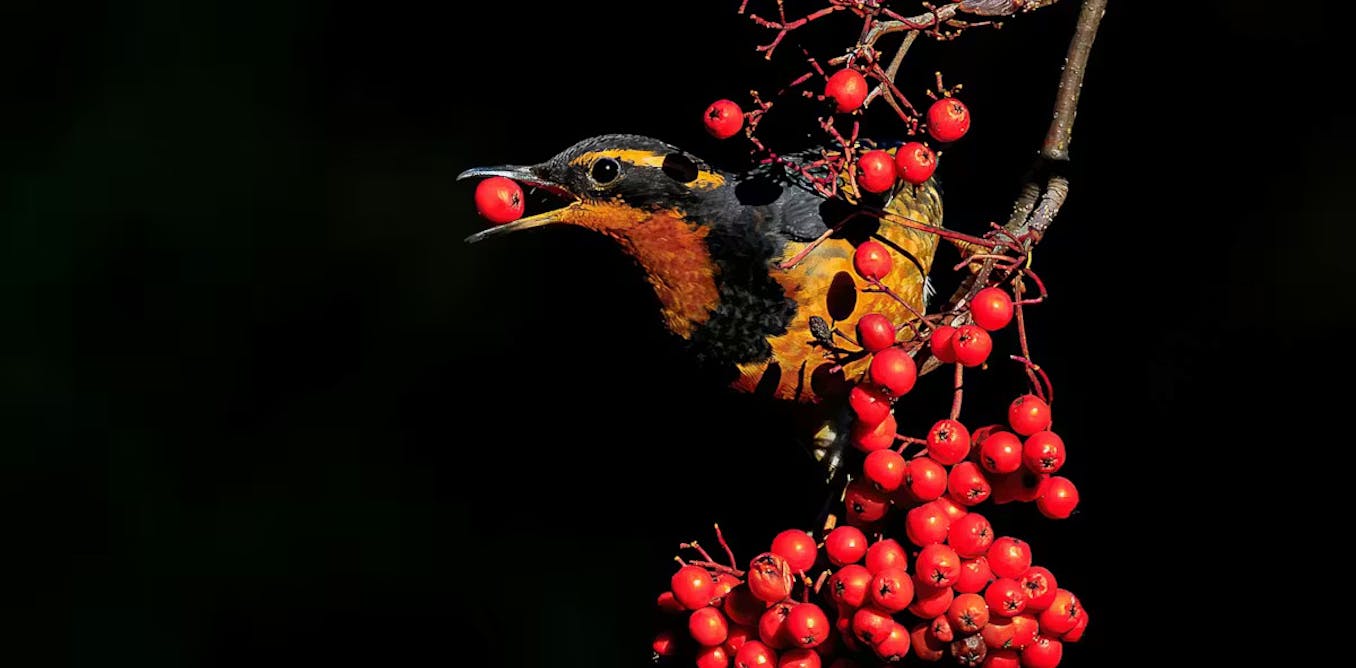

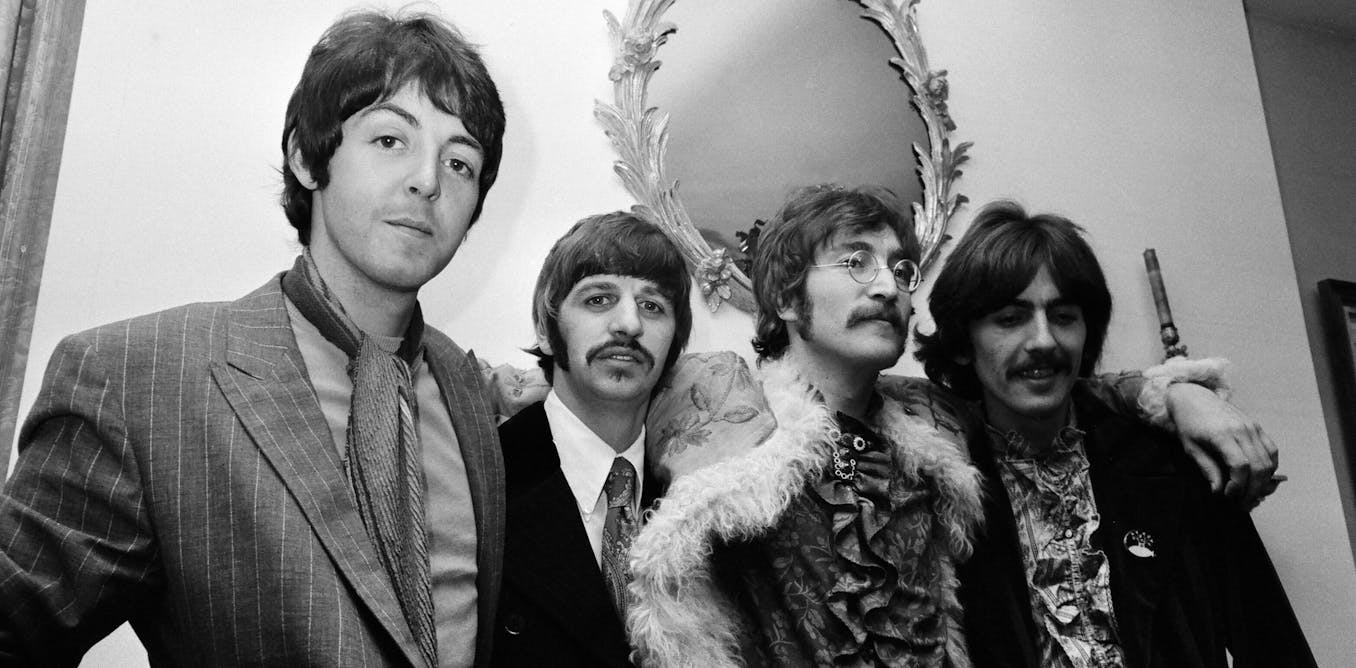
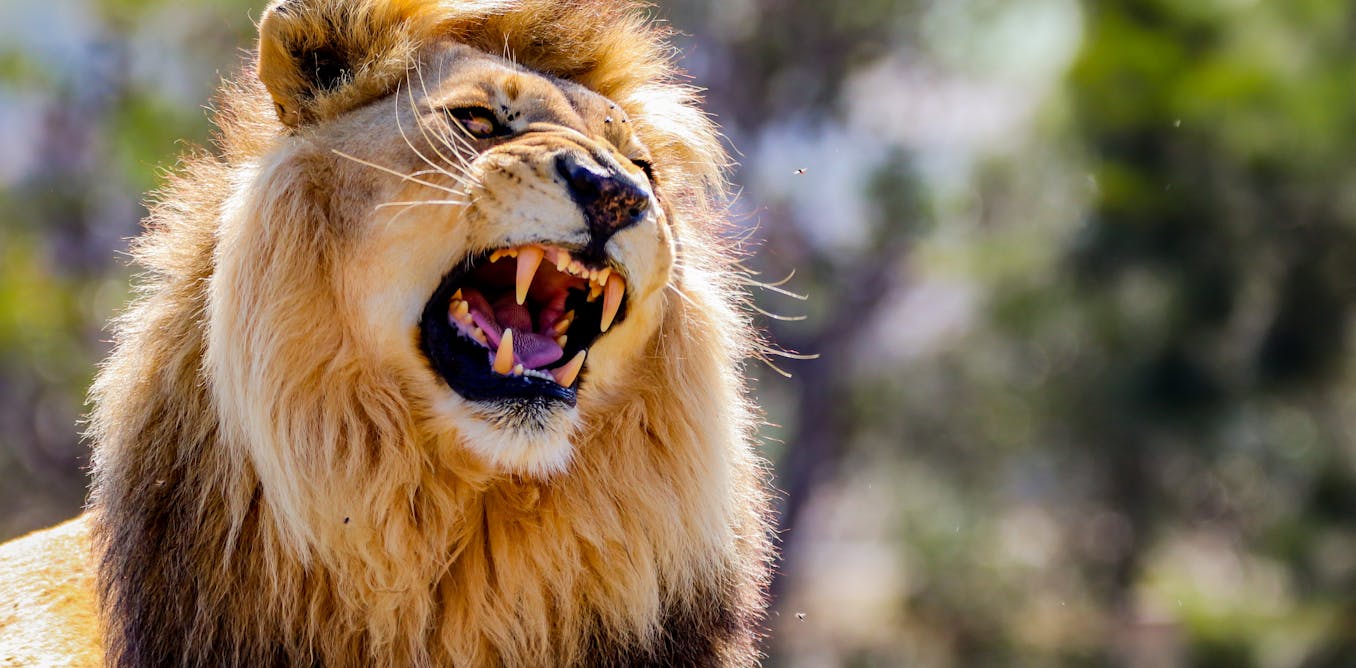


Leave a Reply